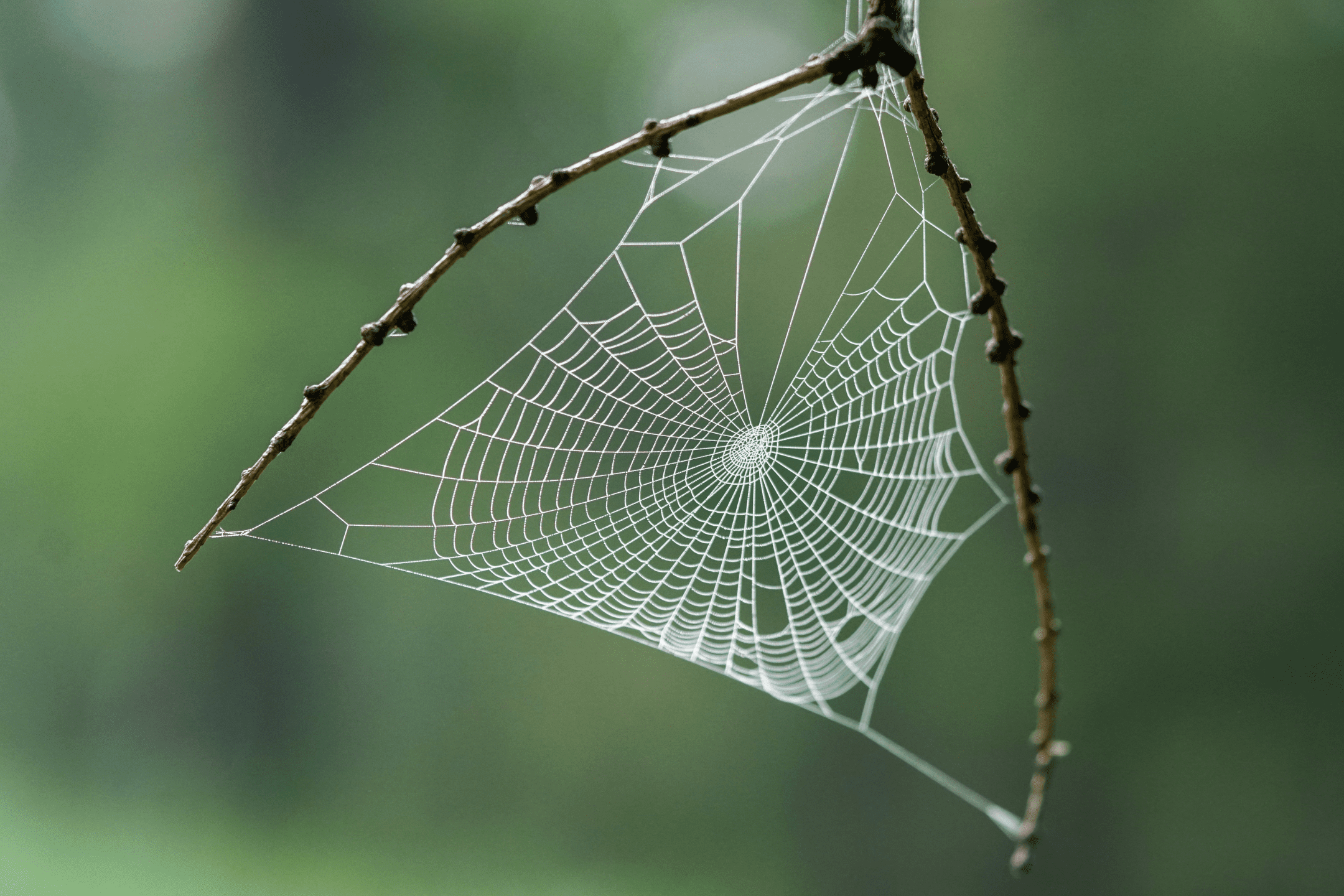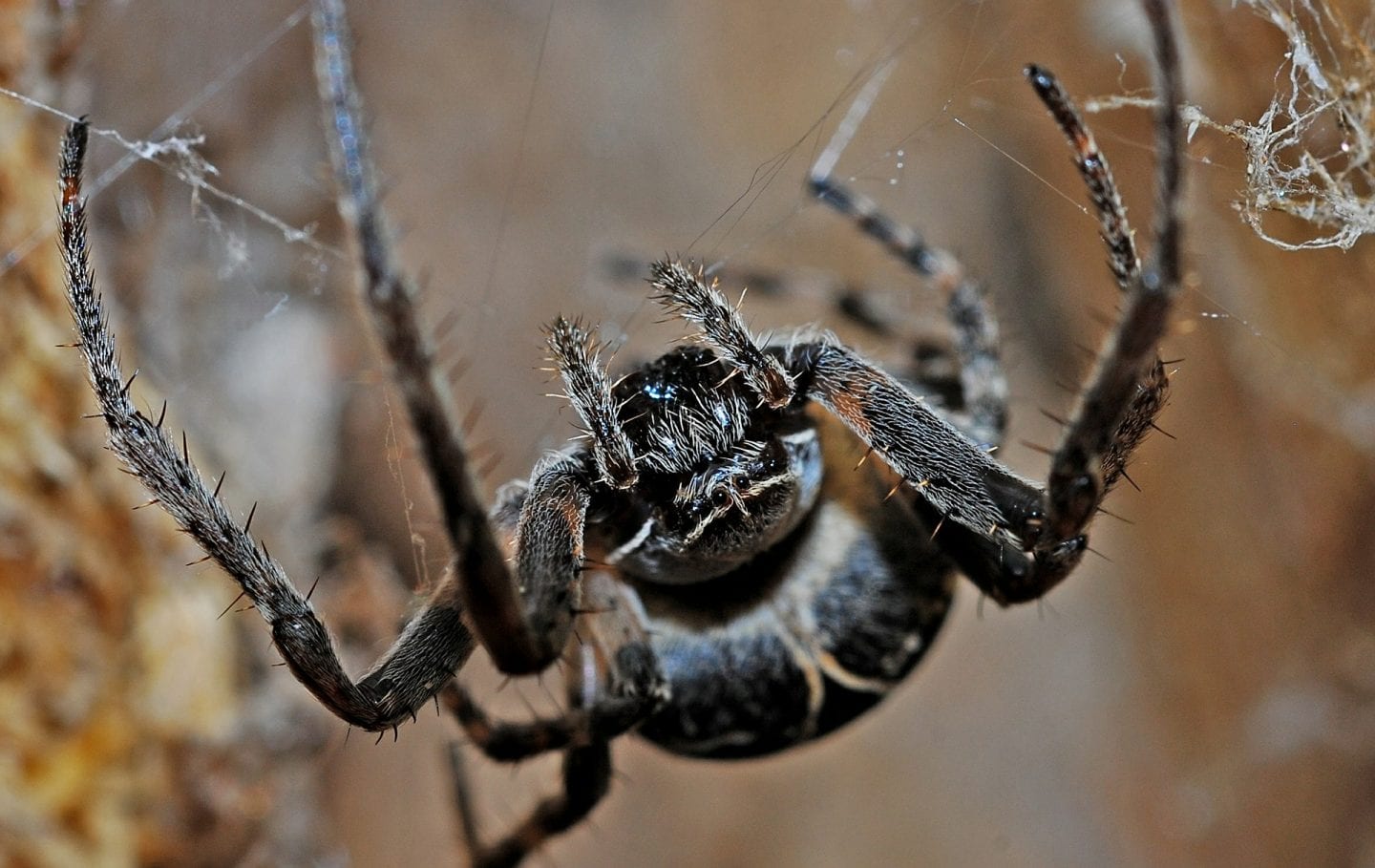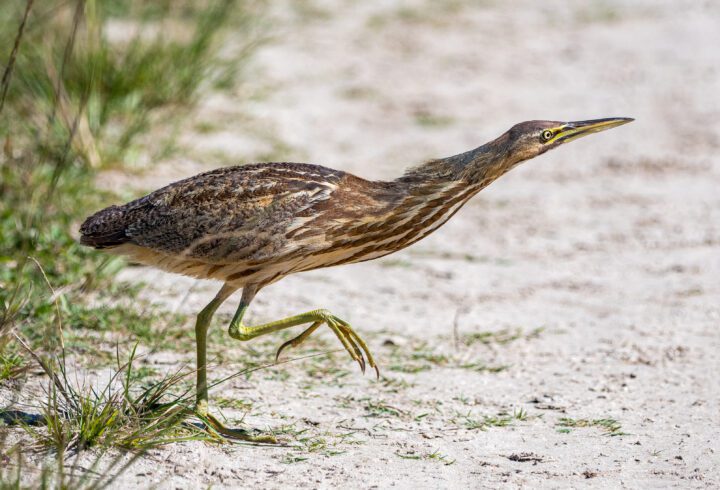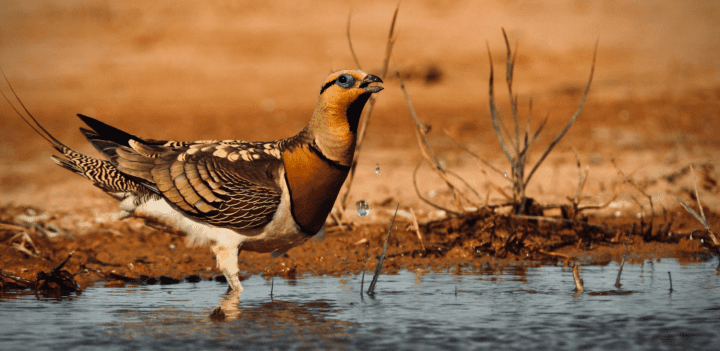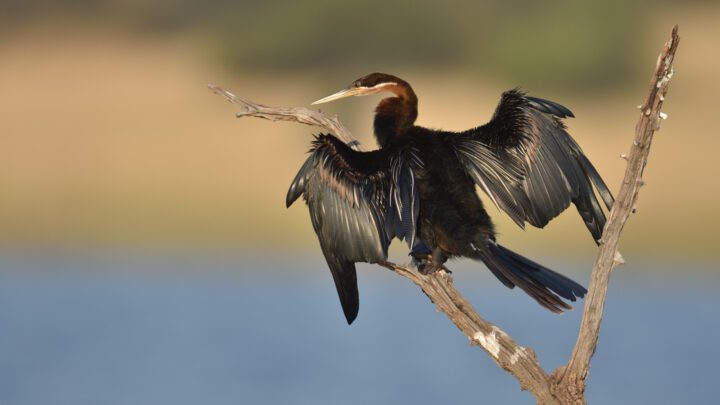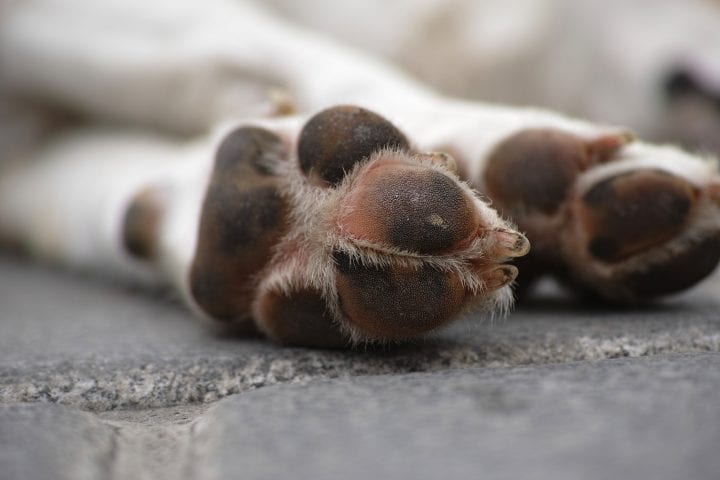Dragline silk fibers in spider webs help maintain web tension under weight by contracting and relaxing in response to humidity.
“The abrupt halt of a bumble bee’s flight when it impacts the almost
invisible
threads of an orb web provides an elegant example of the
amazing
strength and toughness of spider silk. Spiders depend upon
these properties
for survival, yet the impressive performance of silk is not limited
solely to
tensile mechanics. Here, we show that silk also exhibits
powerful cyclic
contractions, allowing it to act as a high performance mimic
of biological
muscles. These contractions are actuated by changes in
humidity alone and
repeatedly generate work 50 times greater than the equivalent mass
of human
muscle. Although we demonstrate that this response is general
and occurs
weakly in diverse hydrophilic materials, the high modulus of spider silk is
such that it generates exceptional force. Furthermore,
because this effect
already operates at the level of single silk fibers, only 5
µm in diameter,
it can easily be scaled across the entire size range at which
biological
muscles operate. By contrast, the most successful synthetic
muscles developed
so far are driven by electric voltage, such that they cannot
scale easily
across large ranges in cross-sectional areas. The potential
applicability of
silk
muscles is further enhanced by our finding that silkworm fibers
also
exhibit cyclic contraction because they are already available
in commercial
quantities. The simplicity of using wet or dry air to drive
the biomimetic
silk
muscle fibers and the incredible power generated by silk offer unique
possibilities
in designing lightweight and compact actuators for robots
and
micro-machines, new sensors, and green energy production.” (Agnarsson et al. 2009:1990)
“Spider dragline silk is a model biological for biomimetic
research due to its many desirable and unusual properties. ‘Supercontraction’ describes the dramatic shrinking of dragline silk
fibers when wetted. In restrained silk fibers, supercontraction
generates substantial stresses of 40–50 MPa above a critical humidity of ~70%
relative humidity (RH). This stress may maintain tension in webs under
the weight of rain or dew and could be used in industry for robotics,
sensor technology, and other applications. Our own findings indicate
that supercontraction can generate stress over a much broader range than
previously reported, from 10 to 140 MPa. Here we show that this
variation in supercontraction stress depends upon the rate at which the
environment reaches the critical level of humidity causing
supercontraction. Slow humidity increase, over several minutes, leads to
relatively low supercontraction stress, while fast humidity increase,
over a few seconds, typically results in higher supercontraction stress.
Slowly supercontracted fibers take up less water and differ in
thermostability from rapidly supercontracted fibers, as shown by
thermogravimetric analysis. This suggests that spider silk achieves
different molecular configurations depending upon the speed at which
supercontraction occurs. Ultimately, rate-dependent supercontraction may
provide a mechanism to tailor the properties of silk or biomimetic
fibers for various applications.” (Agnarsson et al. 2009:325)
